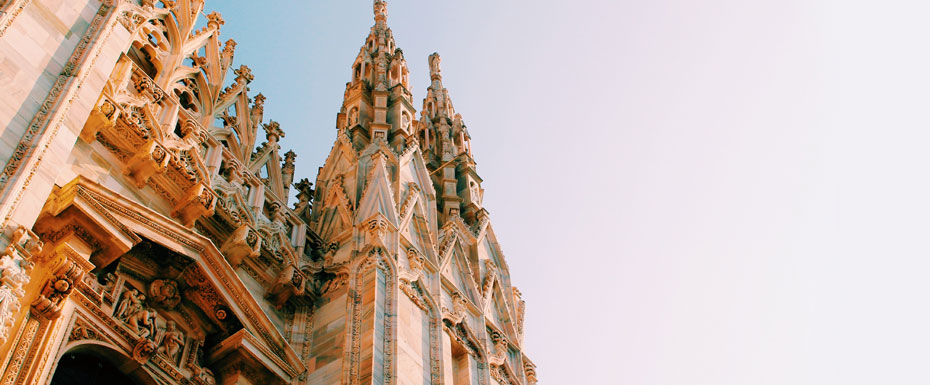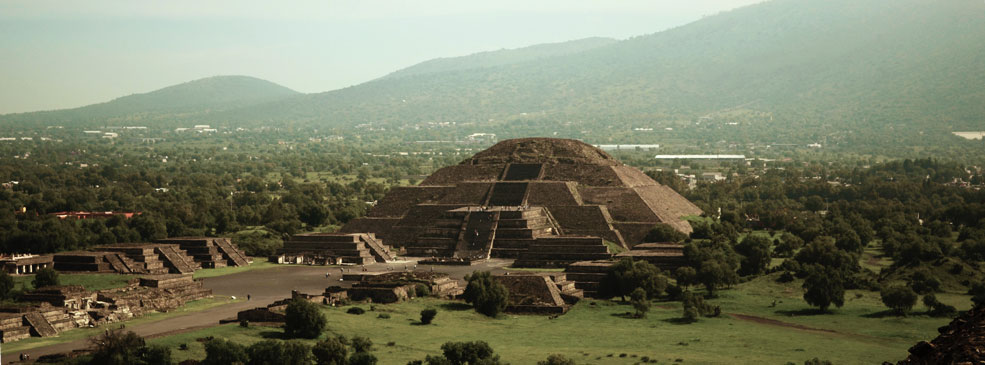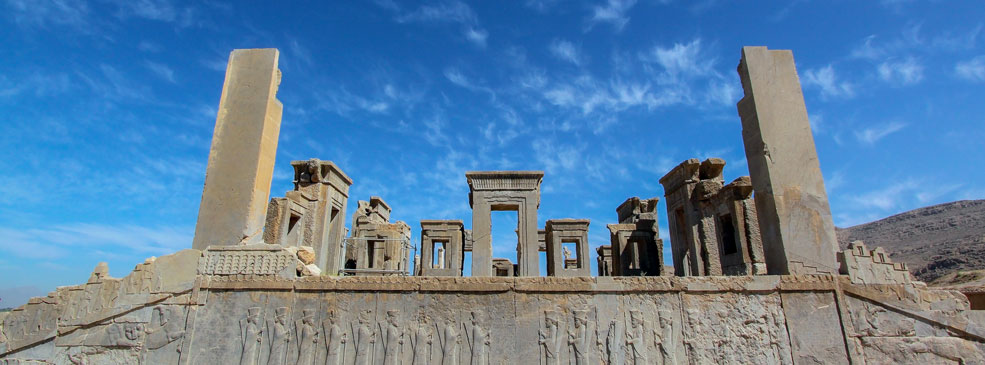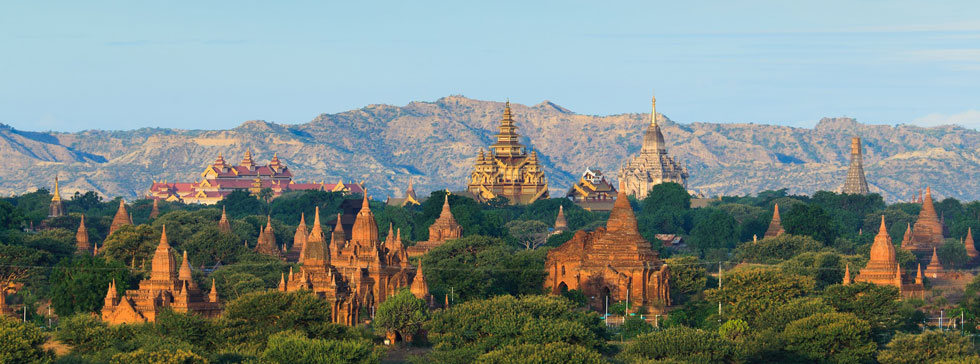
Ancient cities seem to live outside of time. From the historical abandoned settlements the sand literally spills out, but goosebumps run on the skin at the sight of each of them. Choose which ancient city you like the most and enjoy your new adventure!
Angkor, Cambodia: The City of Ancient Khmers

The wonders of Angkor are breathtaking, even for the most sophisticated travelers. When Moscow began to build the first wooden fortifications, and the population of London barely reached 50 thousand people, the capital of the Khmer Empire already had about one million inhabitants.
One of the largest cities in the ancient world, Angkor, was the Khmer Empire’s capital since the IX century, and there is still no consensus why it was abandoned in the XV. When people left, the jungle absorbed the city buildings, but fortunately, Angkor’s main wealth survived. About a hundred majestic temples with unique architecture, various statues, and bizarre beliefs can be seen in Cambodia today.
Spend at least two days getting acquainted with the sights of Angkor. Angkor Wat itself is larger than the Vatican. The minimum program includes from 5 to 10 more temples, which are spread over an area of 400 square kilometers. It sounds like a challenge for the hardy ones, but very few can go on foot at Angkor. In neighboring Siem Reap, you can rent a bike or negotiate with a rickshaw driver.
Angkor temples, which can’t be missed:
- Angkor Wat – the main temple of a vast complex
- Bayon – the temple with faces
- Baphuon Temple – pyramid-style temple
- Ta Prohm – temple with roots
- Pre Rup Temple – with a huge lion in the yard
Teotihuacán, City of the Gods

The ancient city of Teotihuacán is surrounded by many riddles; no one knows its exact date of foundation, and the only name we know was given by the Aztecs, who came here after the last inhabitant left the city. The period of prosperity and power of Teotihuacán lasted from III to VI century, when in every sense, it was the center of the region. The causes of the collapse and destruction of the city are also not entirely clear. It is only known that there were ruins left of it in the middle of the VII century.
In Teotihuacán, there are impressive Sun and Moon pyramids, one and a half dozen smaller pyramids, two palaces, geometrically correct streets, and a vast square in the central part of the city. Come early, do some selfies and reflect on what Mexico was like before the Spanish arrived.
Nobody leaves the mystical Teotihuacán indifferent!
The main sights of Teotihuacán:
- Avenue of the Dead
- Temple of the Feathered Snake
- Sun Pyramid with 20-storied building
- Pyramid of the Moon 42 meters high
- Museum with frescoes, bas-reliefs, masks, and other artifacts
Machu Picchu, Peru. Mysterious Lost City of the Incas

The real name of the “Mysterious Lost City of the Incas” disappeared along with its inhabitants. Machu Picchu was built in the middle of the XV century and was abandoned only a century later, during the Spanish colonization of South America. The conquistadors didn’t reach the city located high up in the mountains, so its unique views and ancient buildings are well preserved. Machu Picchu became a real tourist attraction after it was included in the list of New Seven Wonders of the World.
You can get to Machu Picchu by train or bus. But it is much more interesting to make it on foot along a beautiful ancient Inca trail. There you can feel the dizziness from the height, breathtaking scenery, and the rapidity of climate change. Simultaneously, on this easy 4-day route, which is 43 km long, you can see the ruins of other ancient Inca cities, not so impressive as Machu Picchu, but still quite enjoyable.
What to see in the vicinity of Machu Picchu, except the ancient ruins?
- The Inca Trail is the most famous trail in Peru and South America to take you to Machu Picchu.
- The peaks of Huayna Picchu and Machu Picchu, which offer excellent views of the ancient city
Persepolis, Iran – The City in Ancient Persia

Persepolis became the ritual capital of the Achaemenid state under Darius I and remained so until Alexander the Great came to Persia. Robbed by Alexander the Great’s soldiers and set on fire by Athenian Thais, the city did not last long and was finally abandoned.
Iran is full of places where the connection of times can still be felt, but Persepolis stands out even on a bright background: the spirit of former power hangs among the ruined palaces and bizarre statues. Even more impressive historical artifacts are waiting for you in the museum, which is interesting because it’s located in the Harem of Xerxes I.
Sights that can’t be missed in Persepolis:
- Apadana Palace – ruins of a spacious palace with 72 columns and bas-reliefs
- Tripylon – Council hall
- Gate of All Nations -also known as the Gate of Xerxes
- Naqsh-e Rustam – ancient tombs of powerful Persian pings
Bagan, Myanmar – A Land of 2000 Temples

The Kingdom of Bagan was short-lived, from the middle of XI to the end of the XIII century, but its heritage still impresses even the most avid travelers.
You won’t see any preserved residential and administrative buildings in the capital of the kingdom. But there is an incredible concentration of Buddhist temples, pagodas, monasteries, and stupas on all 40 square kilometers of Myanmar, on the shore of Irawadi. It’s pleasant to walk among functioning and abandoned, restored, and dilapidated buildings. Anyway, you won’t miss the key locations, and if you want to see all two thousand temples at once, you can fly over them in a hot air balloon.
The main sights of the ancient city of Bagan:
- Ananda Temple – one of the largest in Southeast Asia
- Shwezigon Pagoda – the pagoda is gilded, with four golden lions at the top of the tower.
- Damayanji Temple – the largest in Pagan.
- ShweSandaw Pagoda – where you can entirely admire the sunrise or sunset.
- Manuha temple – an atypical type of temple for Pagan





